Bed bugs are pesky insects that can hide in various places, including your mattress encasement. These tiny creatures can cause irritation and discomfort, making it essential to check for their presence regularly. Here's how to inspect your mattress encasement for bed bugs: - Look for Reddish/Brown Stains: Bed bugs leave behind reddish or brownish stains on your mattress encasement, which can be a clear sign of their presence. - Check for Small Dark Spots: These spots may look like small black dots, and they are usually bed bug droppings. If you see these spots on your mattress encasement, it's a sign that bed bugs are living there. - Examine the Seams: Bed bugs like to hide in the seams of your mattress encasement. Carefully check the seams for any signs of bed bug eggs or live bugs. - Use a Flashlight: Bed bugs are tiny and can be challenging to spot with the naked eye. Using a flashlight can help you see them better, making it easier to detect their presence. Regularly checking your mattress encasement for bed bugs can help prevent an infestation and keep your sleeping area clean and bug-free.1. How to Check for Bed Bugs in a Mattress Encasement
Many people wonder if bed bugs can survive in a mattress encasement, and the answer is yes, they can. Bed bugs are persistent pests and can survive for months without feeding, making it challenging to get rid of them completely. However, a mattress encasement can help contain the infestation and make it easier to eliminate these bugs from your home. When bed bugs are trapped inside a mattress encasement, they cannot escape to feed, and eventually, they will die. However, it's essential to note that if bed bugs are living in other areas of your home, such as your carpet or furniture, they can still find a way to get onto your bed and mattress encasement. That's why it's crucial to take a comprehensive approach to bed bug control and not rely solely on a mattress encasement.2. Can Bed Bugs Survive in a Mattress Encasement?
A mattress encasement is a protective cover that fully encloses your mattress, creating a barrier between you and any potential bed bugs. There are many benefits to using a mattress encasement for bed bug prevention, including: - Early Detection: As mentioned earlier, regularly checking your mattress encasement for bed bugs can help you detect an infestation early on, making it easier to eliminate the bugs before they spread. - Reduced Hiding Spots: A mattress encasement prevents bed bugs from hiding in the seams and crevices of your mattress, making it harder for them to survive and reproduce. - Easy to Clean and Maintain: A mattress encasement is machine washable and easy to maintain, making it a convenient option for bed bug prevention. - Peace of Mind: Knowing that your mattress is protected from bed bugs can give you peace of mind and help you sleep better at night.3. The Benefits of Using a Mattress Encasement for Bed Bug Prevention
The effectiveness of a mattress encasement for bed bug control depends on various factors, such as the severity of the infestation, the quality of the encasement, and the presence of other hiding spots for bed bugs in your home. A mattress encasement alone may not be enough to eliminate an infestation, but it can be a useful tool in conjunction with other bed bug control methods. When choosing a mattress encasement for bed bug prevention, it's essential to select a high-quality, zippered encasement that fully encloses your mattress. Look for encasements that are specifically designed for bed bug protection and have been tested and proven to be effective.4. Do Mattress Encasements Really Work for Bed Bugs?
If you do find bed bugs on your mattress encasement, it's essential to take immediate action to eliminate them. Here are some steps you can take to treat a mattress encasement for bed bugs: - Remove the Encasement: Carefully remove the encasement from your mattress and wash it in hot water. This will kill any bed bugs and their eggs. - Vacuum the Mattress: Use a vacuum with a HEPA filter to clean your mattress thoroughly. This will remove any bed bugs, eggs, and droppings from the surface. - Use a Mattress Spray: There are bed bug sprays available that are safe to use on mattresses. These can help kill any remaining bed bugs and prevent future infestations. - Monitor the Situation: After treating your mattress encasement for bed bugs, continue to monitor the situation to ensure that the infestation has been eliminated.5. How to Treat a Mattress Encasement for Bed Bugs
As mentioned earlier, the quality of your mattress encasement plays a significant role in its effectiveness for bed bug prevention. A low-quality encasement may have gaps or tears that bed bugs can use to enter or escape, rendering it useless in preventing infestations. Investing in a high-quality, well-made encasement can save you time, money, and frustration in the long run. Look for encasements that have been tested and proven to be effective in preventing bed bugs, and make sure they are made with durable materials that can withstand regular use and washing.6. The Importance of Using a High-Quality Mattress Encasement for Bed Bug Protection
A zippered mattress encasement is designed to fully enclose your mattress, making it challenging for bed bugs to enter or escape. However, it's not impossible for bed bugs to live in a zippered mattress encasement, especially if it's not of high quality. As mentioned earlier, it's crucial to invest in a well-made, zippered encasement that is specifically designed for bed bug protection. This will minimize the risk of bed bugs living in your encasement and make it easier to eliminate them if they do.7. Can Bed Bugs Live in a Zippered Mattress Encasement?
Choosing the right mattress encasement for bed bug prevention can be overwhelming, as there are many options available in the market. Here are some top-rated encasements that are known for their effectiveness in preventing bed bugs: - SafeRest Premium Zippered Mattress Encasement: This encasement is made with a breathable fabric that is 100% waterproof and bed bug proof. It's also free of vinyl, PVC, and phthalates, making it safe for use on all types of mattresses. - Utopia Bedding Zippered Mattress Encasement: This encasement is made with a soft, stretchable fabric that is noiseless and hypoallergenic. It's also waterproof and bed bug proof, making it an excellent option for bed bug prevention. - SureGuard Mattress Encasement: This encasement is made with a cotton terry surface that is noiseless and breathable. It's also 100% waterproof and bed bug proof, making it a popular choice among homeowners.8. The Best Mattress Encasements for Bed Bug Prevention
To ensure the effectiveness of your mattress encasement for bed bug control, it's essential to install it correctly. Here are some steps you can follow to properly install a mattress encasement for bed bug prevention: - Prepare the Mattress: Remove all bedding and pillows from the mattress and vacuum it thoroughly to remove any existing bed bugs, eggs, or droppings. - Place the Encasement on the Mattress: With the help of another person, carefully place the encasement on the mattress, making sure it covers all sides and corners. - Zip Up the Encasement: Once the encasement is in place, zip it up tightly, making sure there are no gaps or openings that bed bugs can use to enter or escape. - Add Bedding and Pillows: Once the encasement is securely in place, add your bedding and pillows on top, making sure they do not touch the floor or any surrounding furniture.9. How to Properly Install a Mattress Encasement for Bed Bug Control
Many people use the terms "mattress encasement" and "mattress protector" interchangeably, but they are two different products with different purposes. While a mattress encasement is designed to fully enclose your mattress and protect it from bed bugs, a mattress protector is designed to protect your mattress from spills, stains, and general wear and tear. While a mattress protector may offer some level of protection against bed bugs, it's not designed specifically for that purpose. A mattress encasement, on the other hand, is an effective tool for bed bug prevention and control. In conclusion, a mattress encasement can be a useful tool in preventing and controlling bed bug infestations. However, it's essential to choose a high-quality encasement, regularly check for bed bugs, and take a comprehensive approach to bed bug control to ensure a bed bug-free home. So, invest in a good quality mattress encasement, and enjoy a peaceful and comfortable sleep every night. 10. The Difference Between a Mattress Encasement and a Mattress Protector for Bed Bug Protection
How to Prevent Bed Bugs from Living in Your Mattress Encasement

Understanding Bed Bugs and Their Habits
 Before we dive into how to prevent bed bugs from living in your mattress encasement, it is important to understand the behavior and habits of these pesky insects. Bed bugs are small, reddish-brown insects that feed on the blood of humans and animals. They are most active at night and can be found in cracks and crevices, including mattresses, box springs, and bed frames.
Before we dive into how to prevent bed bugs from living in your mattress encasement, it is important to understand the behavior and habits of these pesky insects. Bed bugs are small, reddish-brown insects that feed on the blood of humans and animals. They are most active at night and can be found in cracks and crevices, including mattresses, box springs, and bed frames.
The Benefits of Mattress Encasements
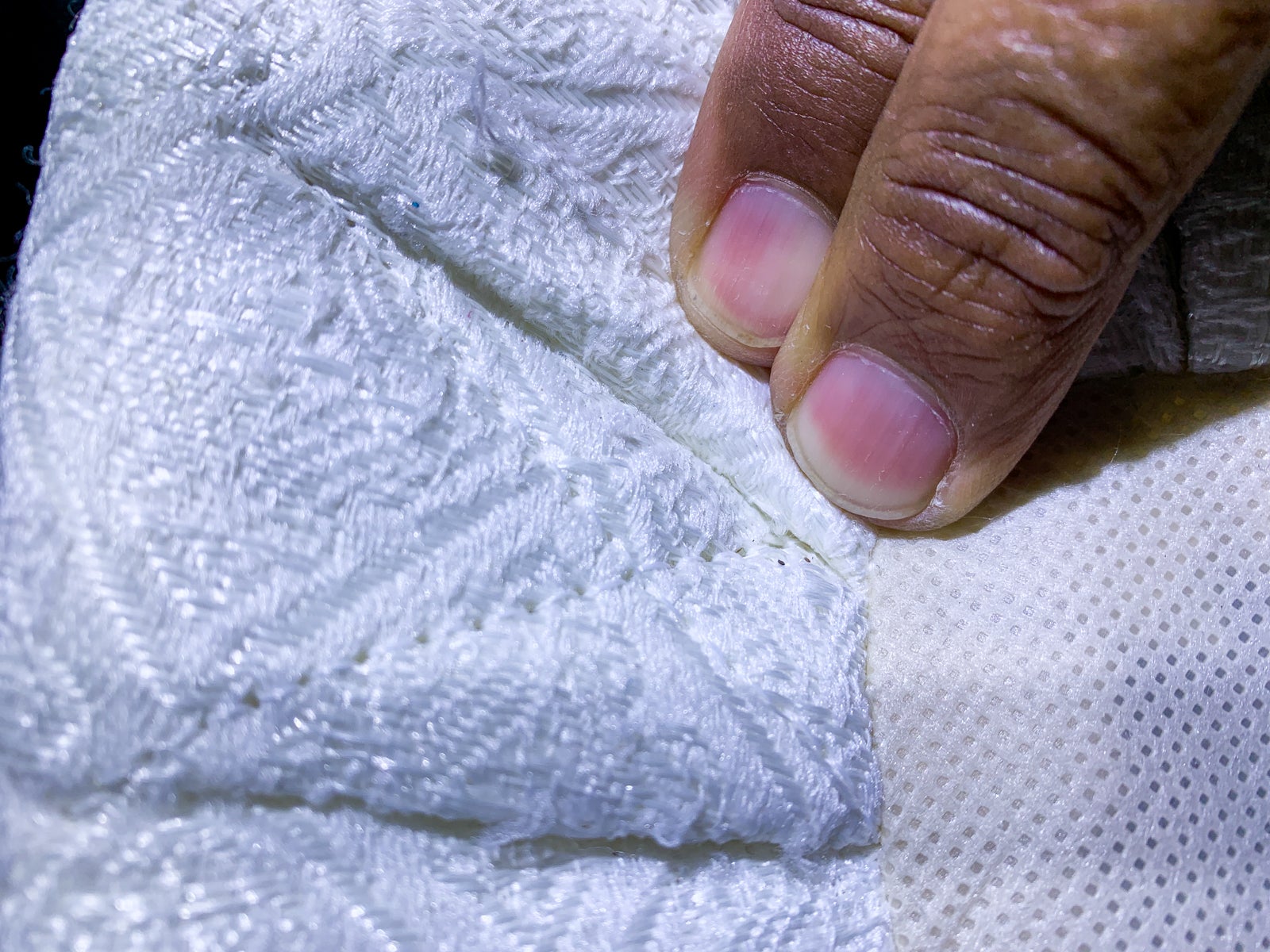 Mattress encasements are a great way to protect your mattress from bed bugs. They are specially designed to completely cover your mattress and box spring, leaving no space for bed bugs to hide. Not only do they prevent bed bugs from infesting your mattress, but they also protect against dust mites, allergens, and spills.
Mattress encasements are a great way to protect your mattress from bed bugs. They are specially designed to completely cover your mattress and box spring, leaving no space for bed bugs to hide. Not only do they prevent bed bugs from infesting your mattress, but they also protect against dust mites, allergens, and spills.
How to Choose the Right Mattress Encasement
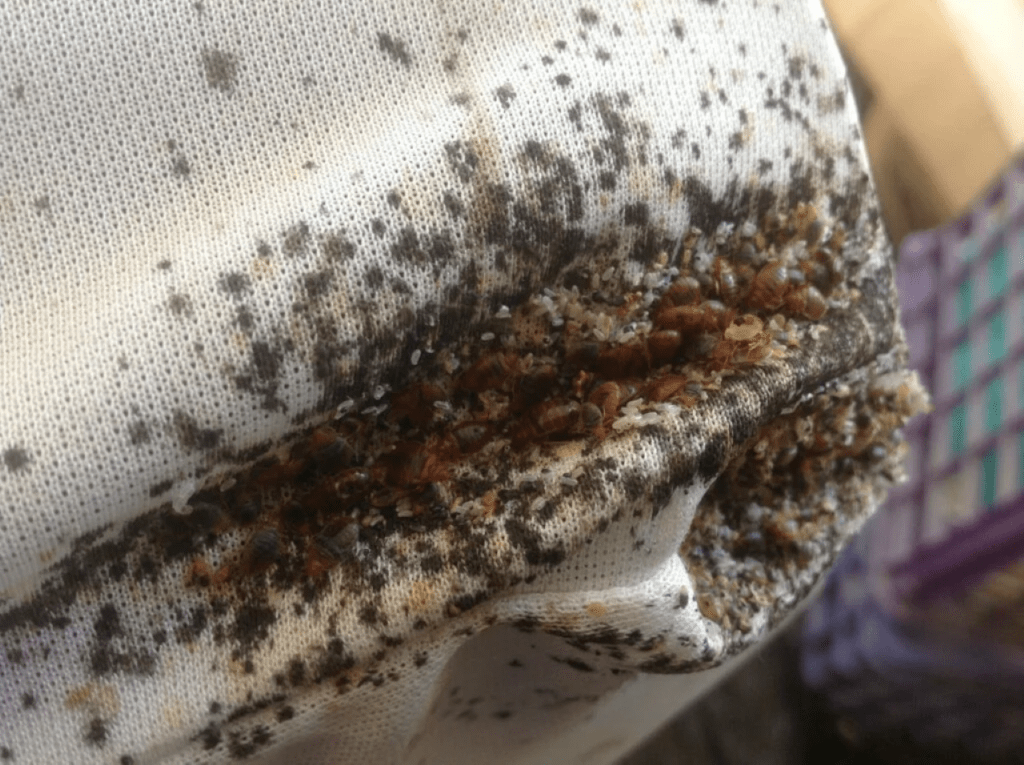 When selecting a mattress encasement, it is important to choose one that is specifically designed to prevent bed bugs. Look for encasements that are labeled as "bed bug proof" or "bite-proof." These encasements are made with tightly woven fabric that is impenetrable by bed bugs. Make sure the encasement completely covers your mattress and has a secure zipper closure.
When selecting a mattress encasement, it is important to choose one that is specifically designed to prevent bed bugs. Look for encasements that are labeled as "bed bug proof" or "bite-proof." These encasements are made with tightly woven fabric that is impenetrable by bed bugs. Make sure the encasement completely covers your mattress and has a secure zipper closure.
Proper Installation and Maintenance
 To ensure the effectiveness of your mattress encasement, it is crucial to properly install and maintain it. Start by completely removing your mattress and box spring from the bed frame. Then, carefully place the encasement over both pieces, making sure to seal all openings with the zipper. Once the encasement is in place, regularly inspect it for any tears or damage and repair or replace as needed.
To ensure the effectiveness of your mattress encasement, it is crucial to properly install and maintain it. Start by completely removing your mattress and box spring from the bed frame. Then, carefully place the encasement over both pieces, making sure to seal all openings with the zipper. Once the encasement is in place, regularly inspect it for any tears or damage and repair or replace as needed.
Additional Precautions
 While mattress encasements are an effective tool in preventing bed bugs, there are some additional precautions you can take to further protect your bed. Avoid placing your bed against the wall and keep blankets and sheets from touching the floor. If you suspect a bed bug infestation, immediately wash all bedding in hot water and dry on high heat. Vacuum your mattress regularly and dispose of the vacuum bag immediately after use.
In conclusion, mattress encasements are a great way to prevent bed bugs from living in your mattress. By understanding bed bug behavior, choosing the right encasement, and properly maintaining it, you can ensure a bed bug-free sleep. Remember to take additional precautions and regularly inspect your encasement for optimal protection. Don't let bed bugs ruin your sleep – invest in a quality mattress encasement today.
While mattress encasements are an effective tool in preventing bed bugs, there are some additional precautions you can take to further protect your bed. Avoid placing your bed against the wall and keep blankets and sheets from touching the floor. If you suspect a bed bug infestation, immediately wash all bedding in hot water and dry on high heat. Vacuum your mattress regularly and dispose of the vacuum bag immediately after use.
In conclusion, mattress encasements are a great way to prevent bed bugs from living in your mattress. By understanding bed bug behavior, choosing the right encasement, and properly maintaining it, you can ensure a bed bug-free sleep. Remember to take additional precautions and regularly inspect your encasement for optimal protection. Don't let bed bugs ruin your sleep – invest in a quality mattress encasement today.

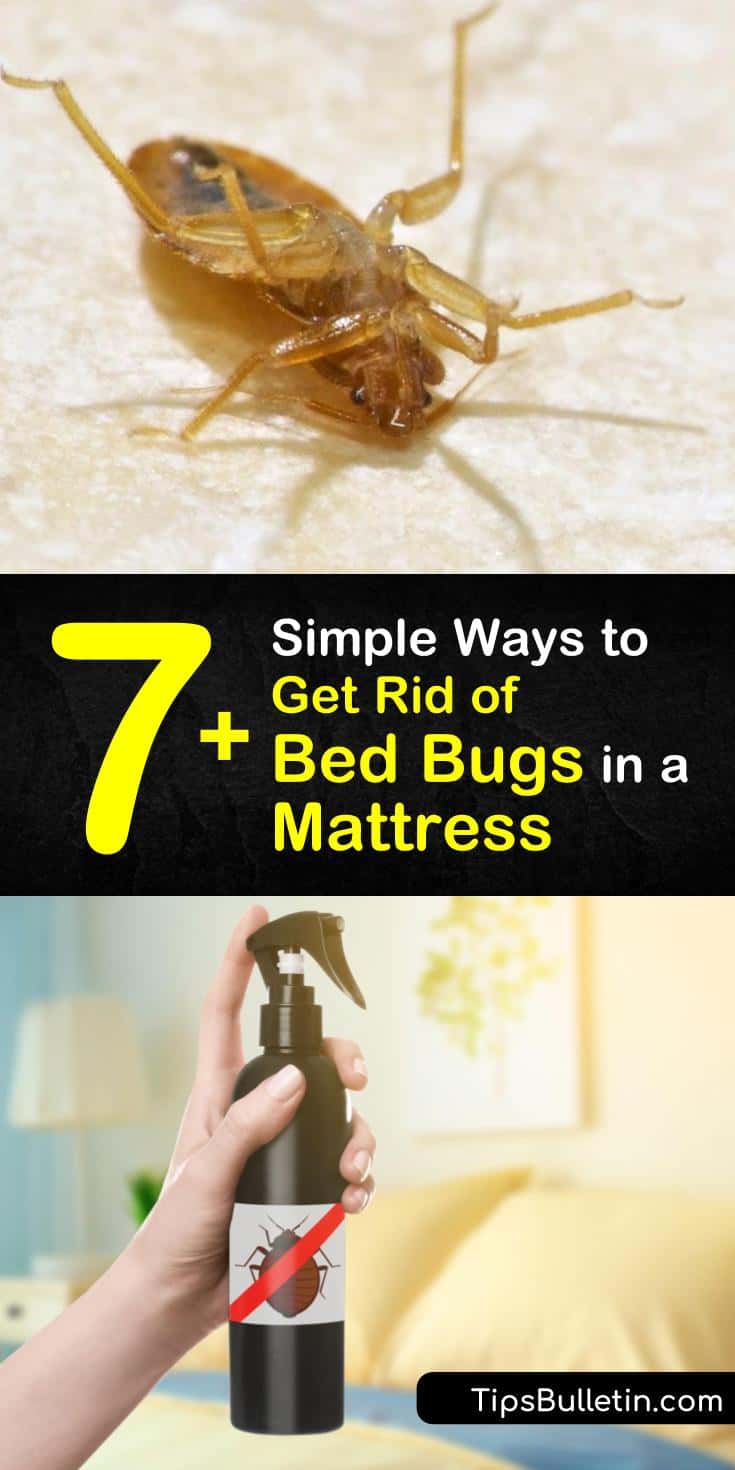


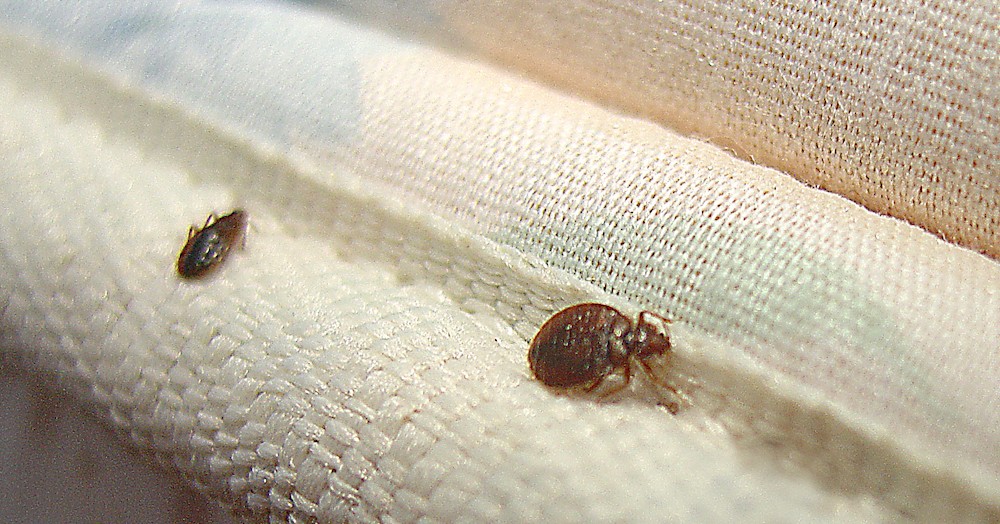




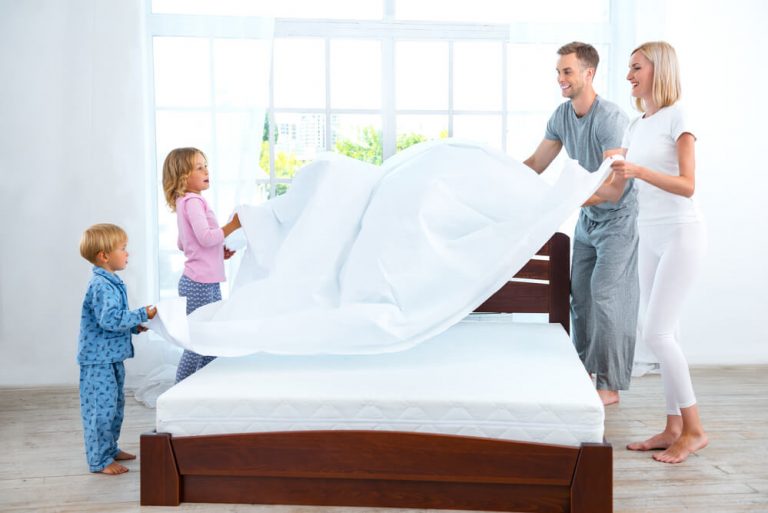
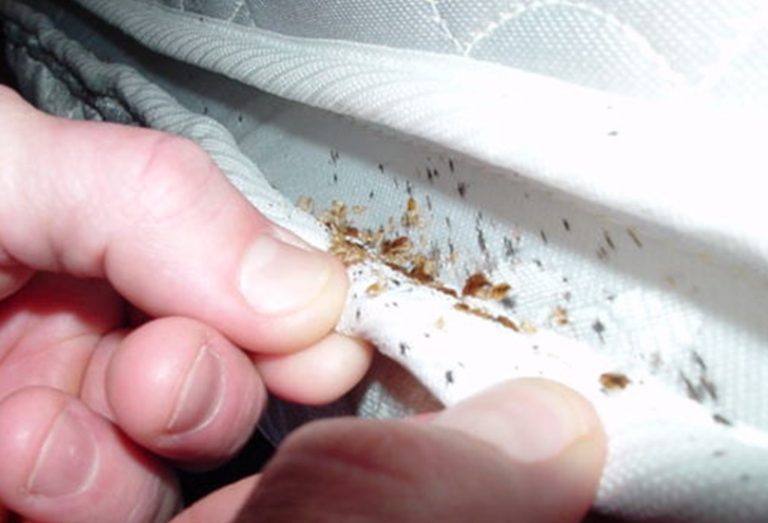

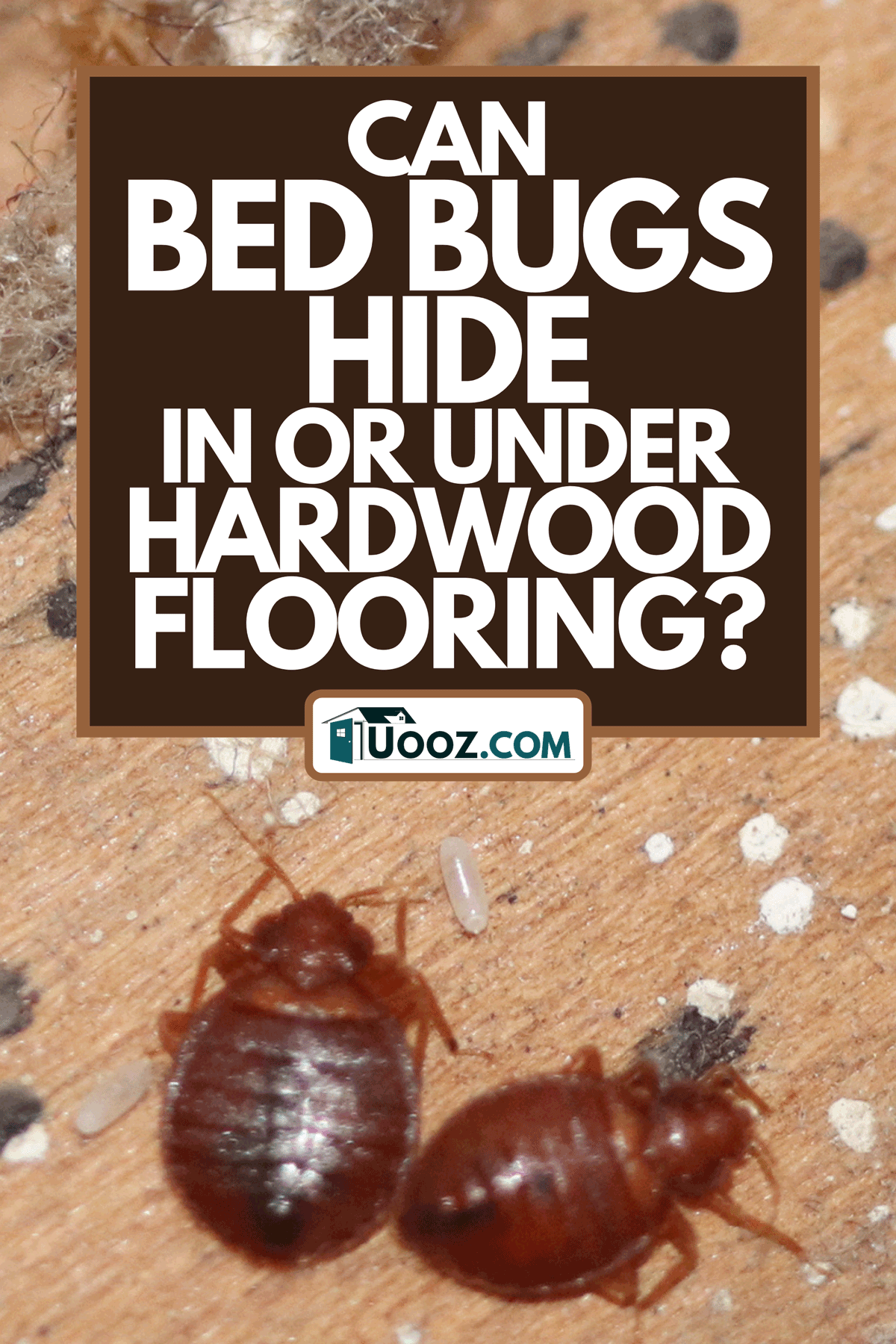
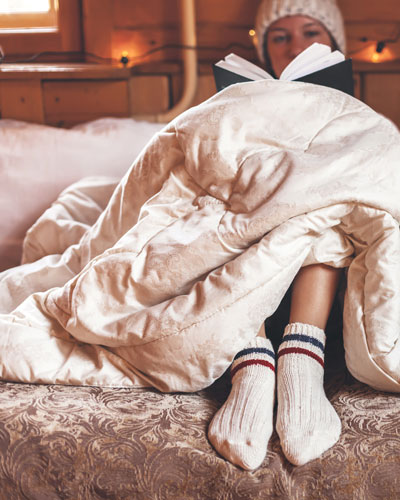

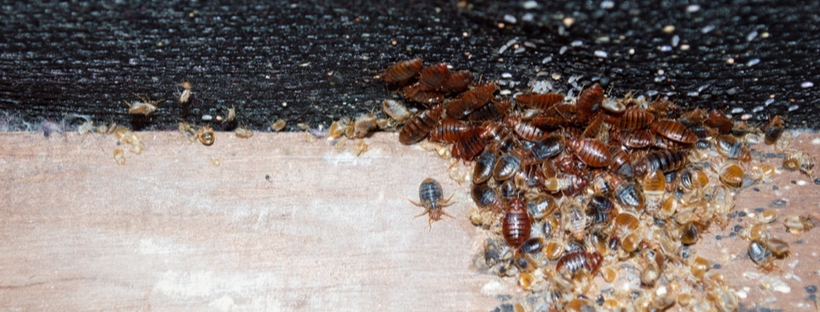
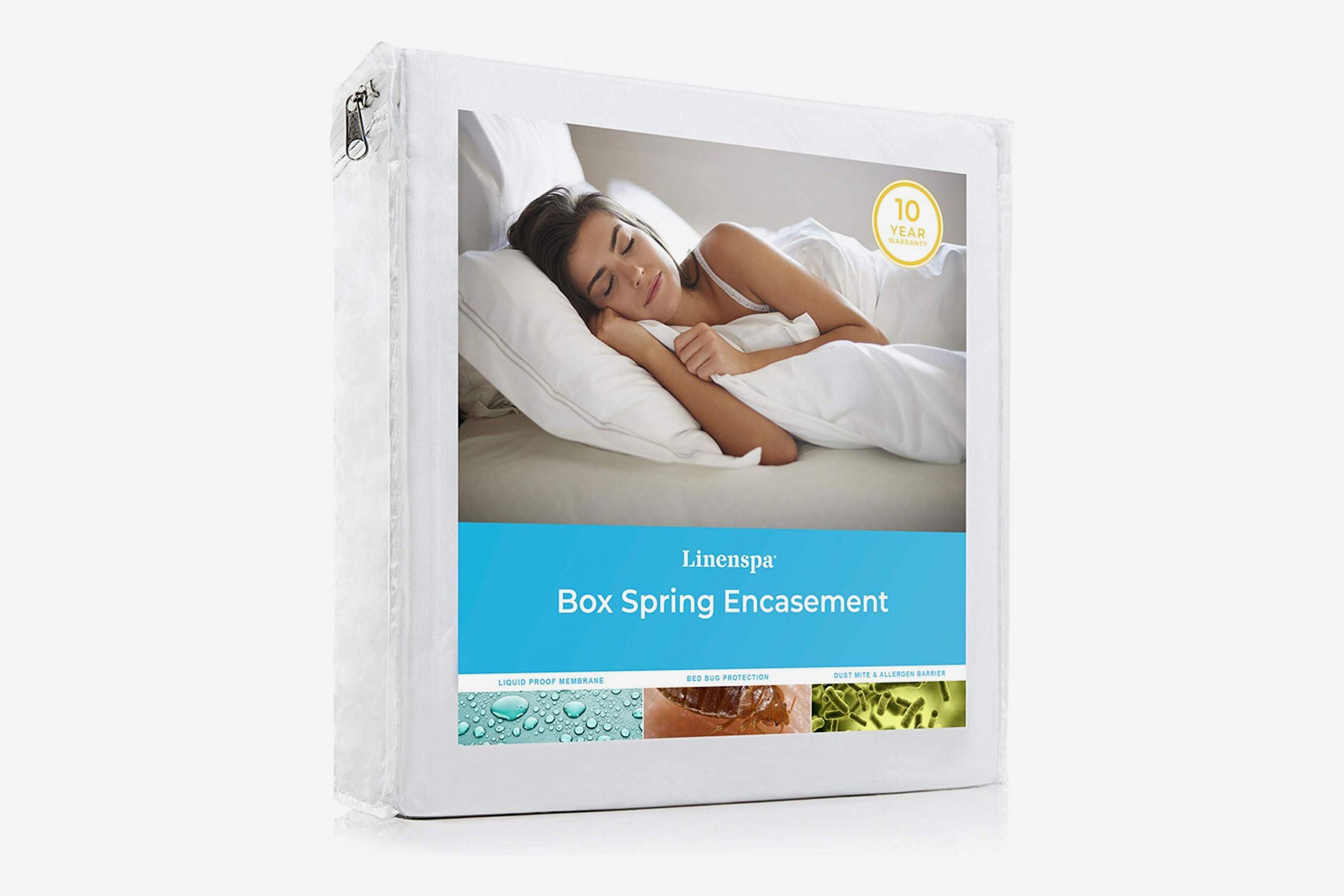
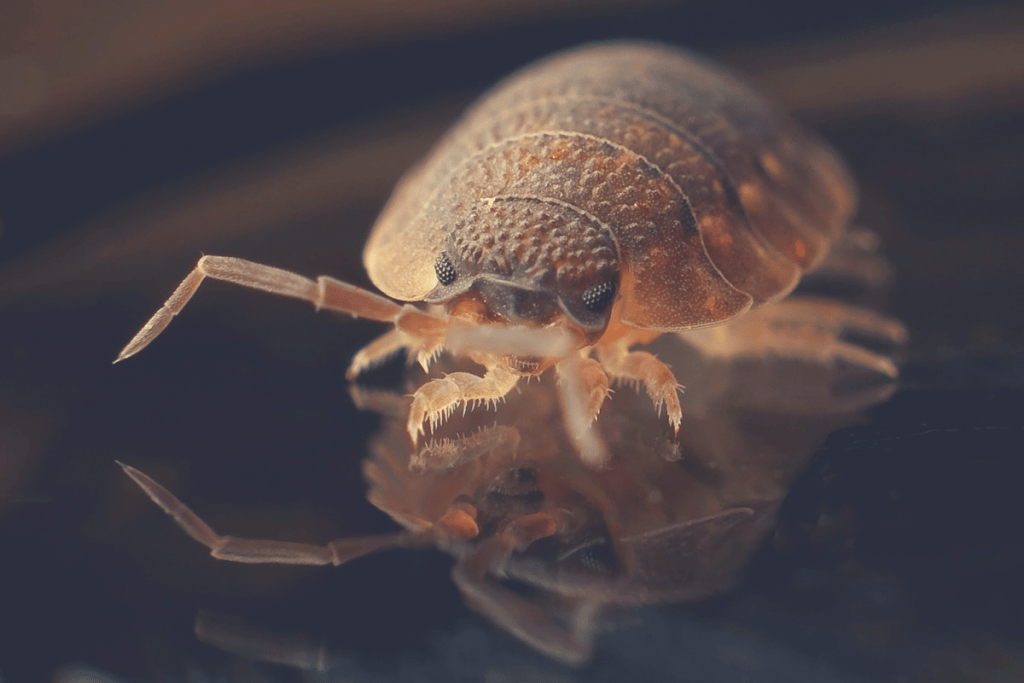
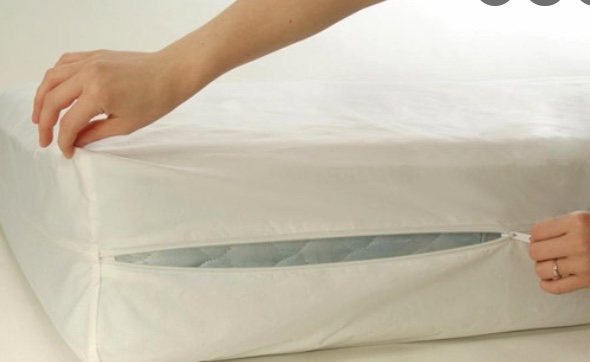
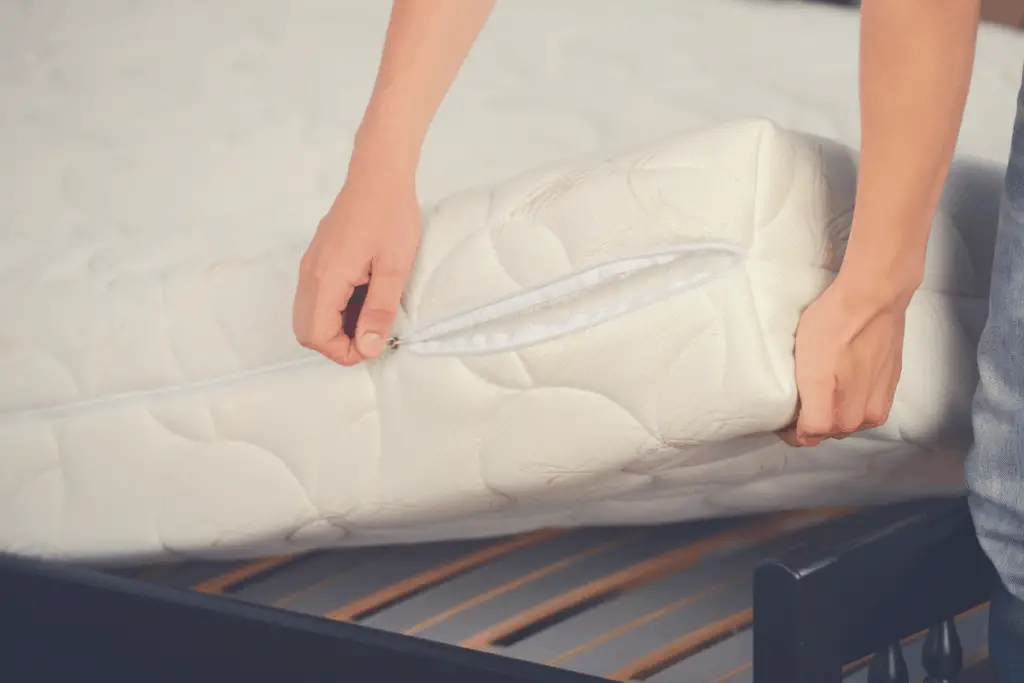
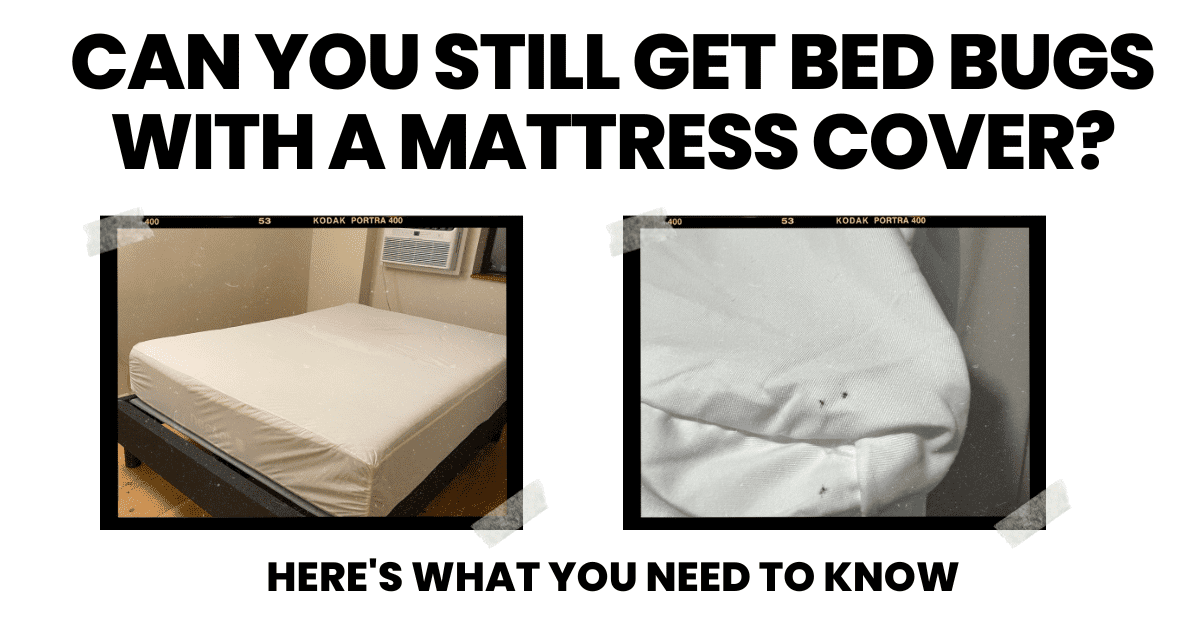
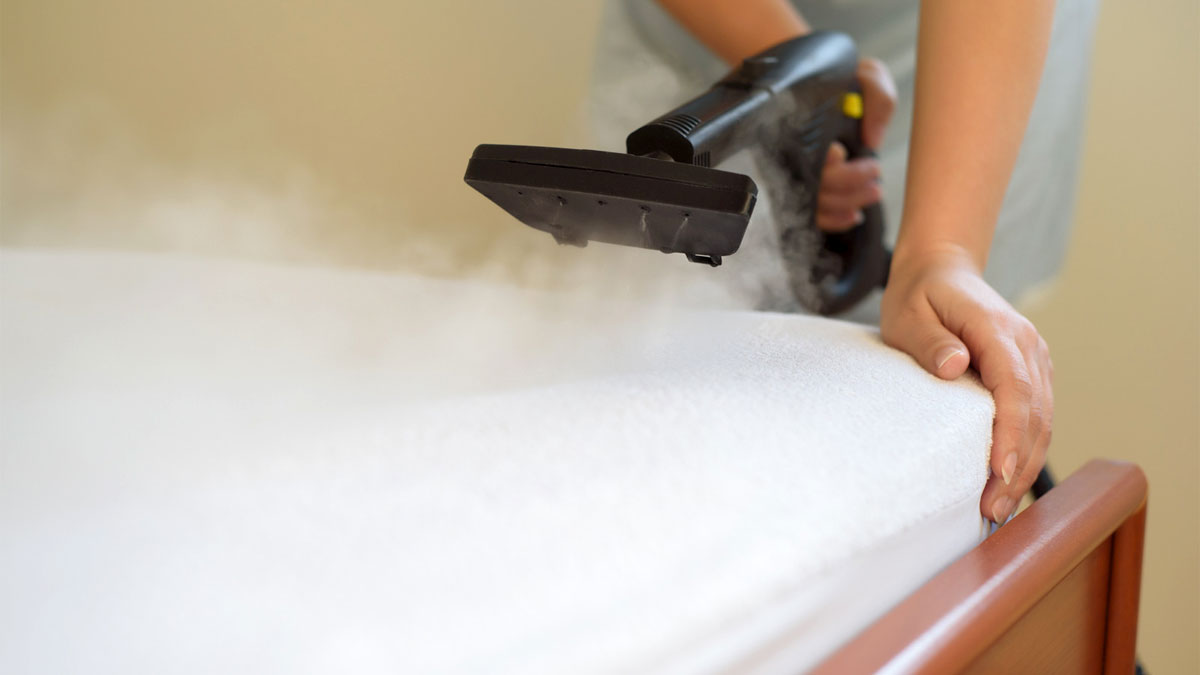



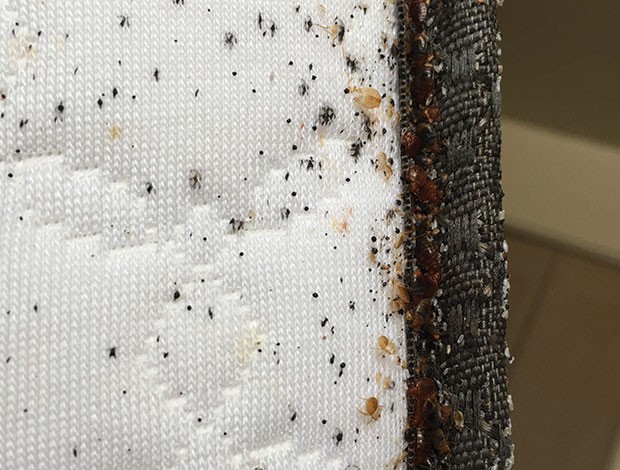
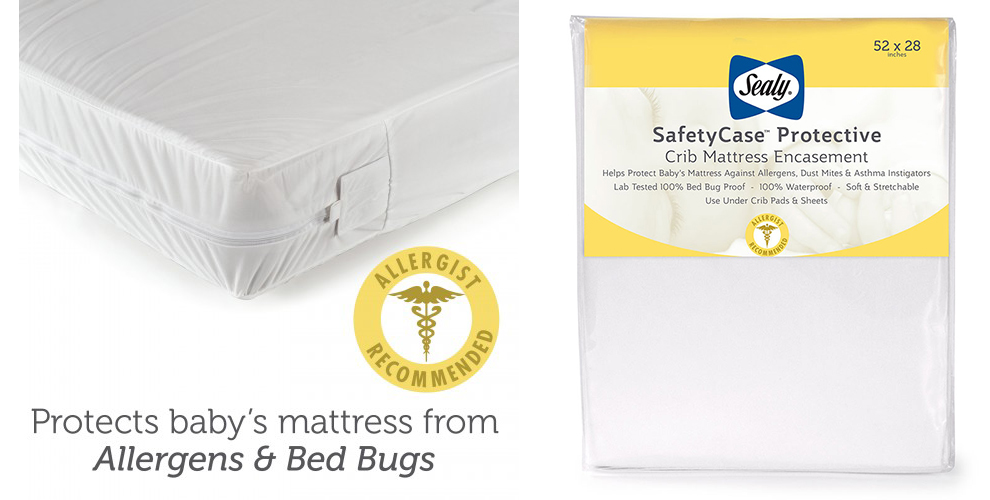

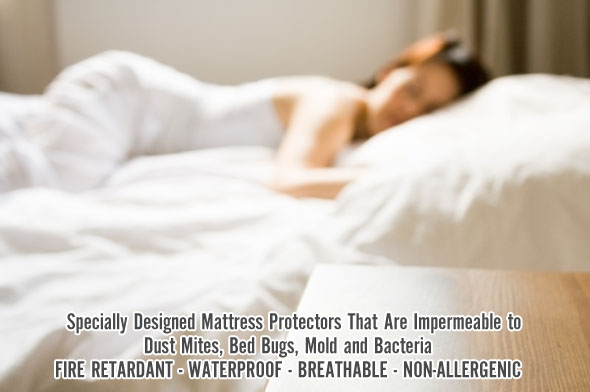


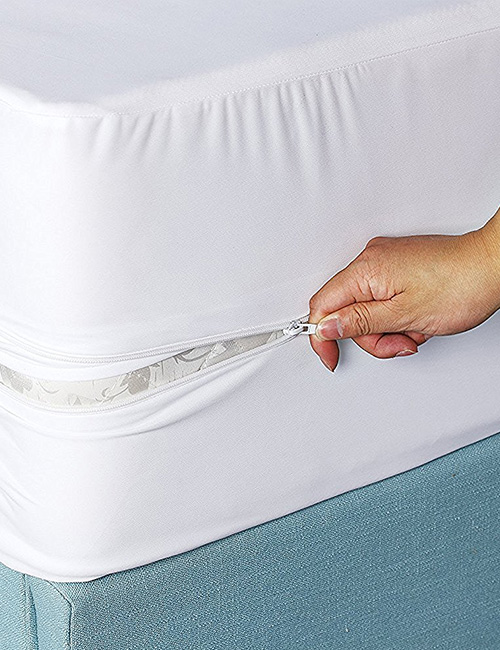



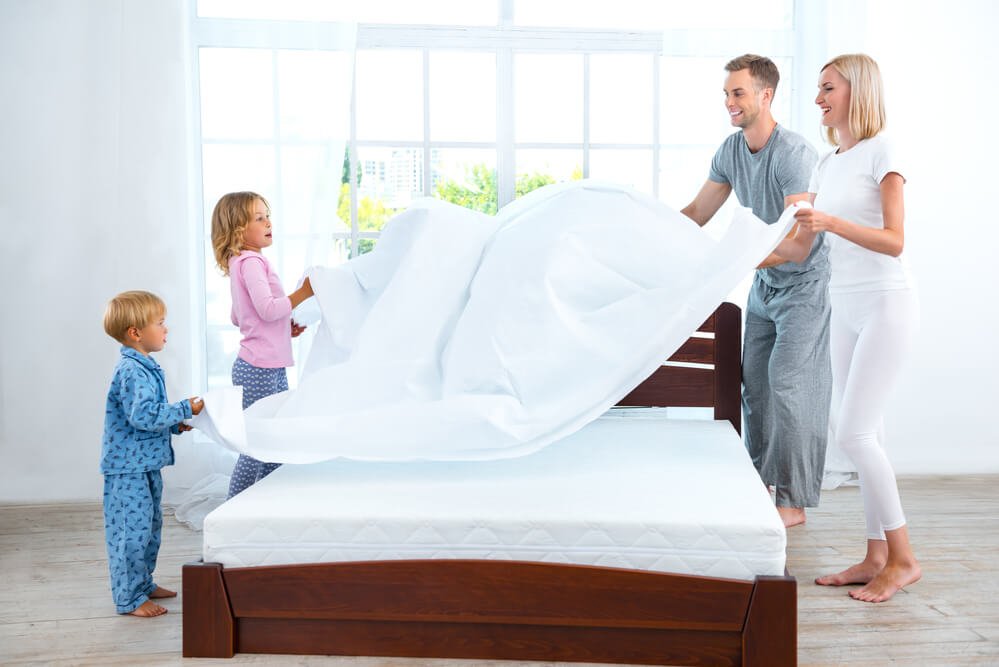
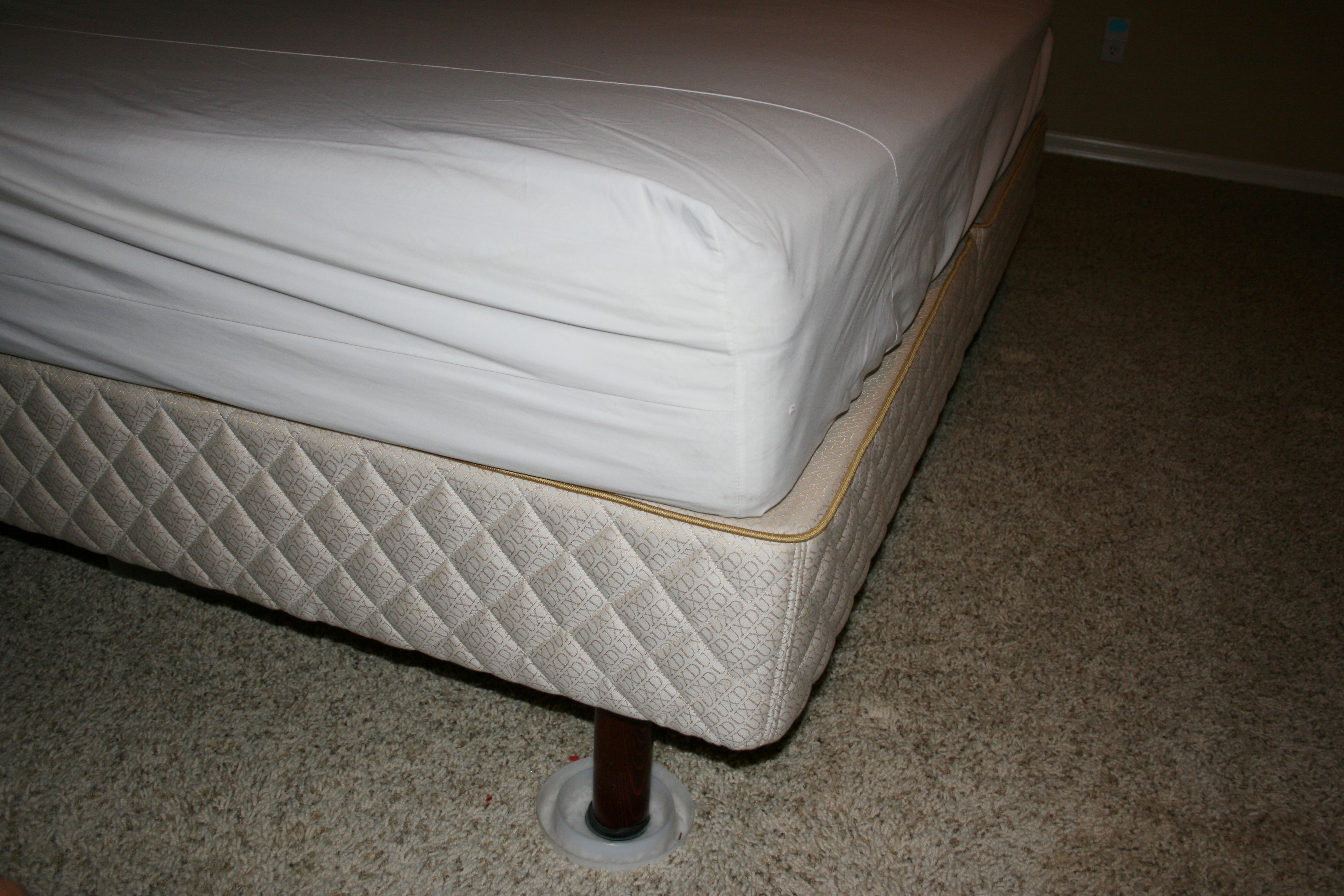

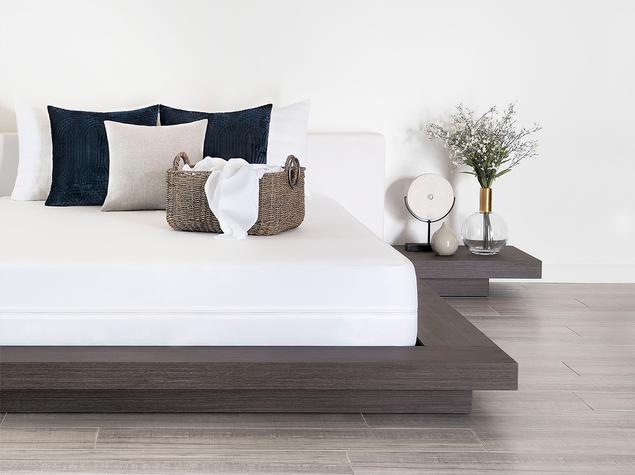



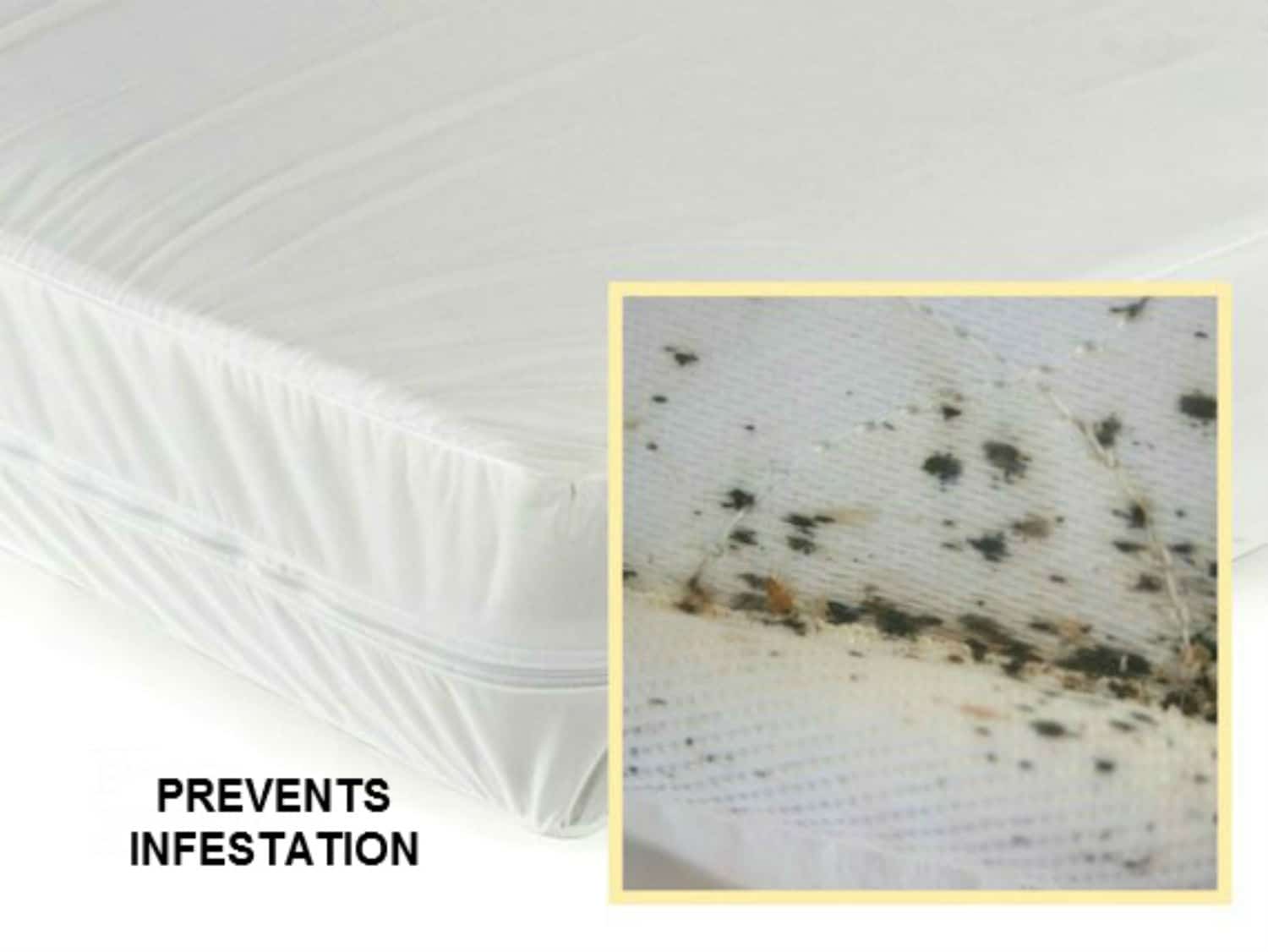

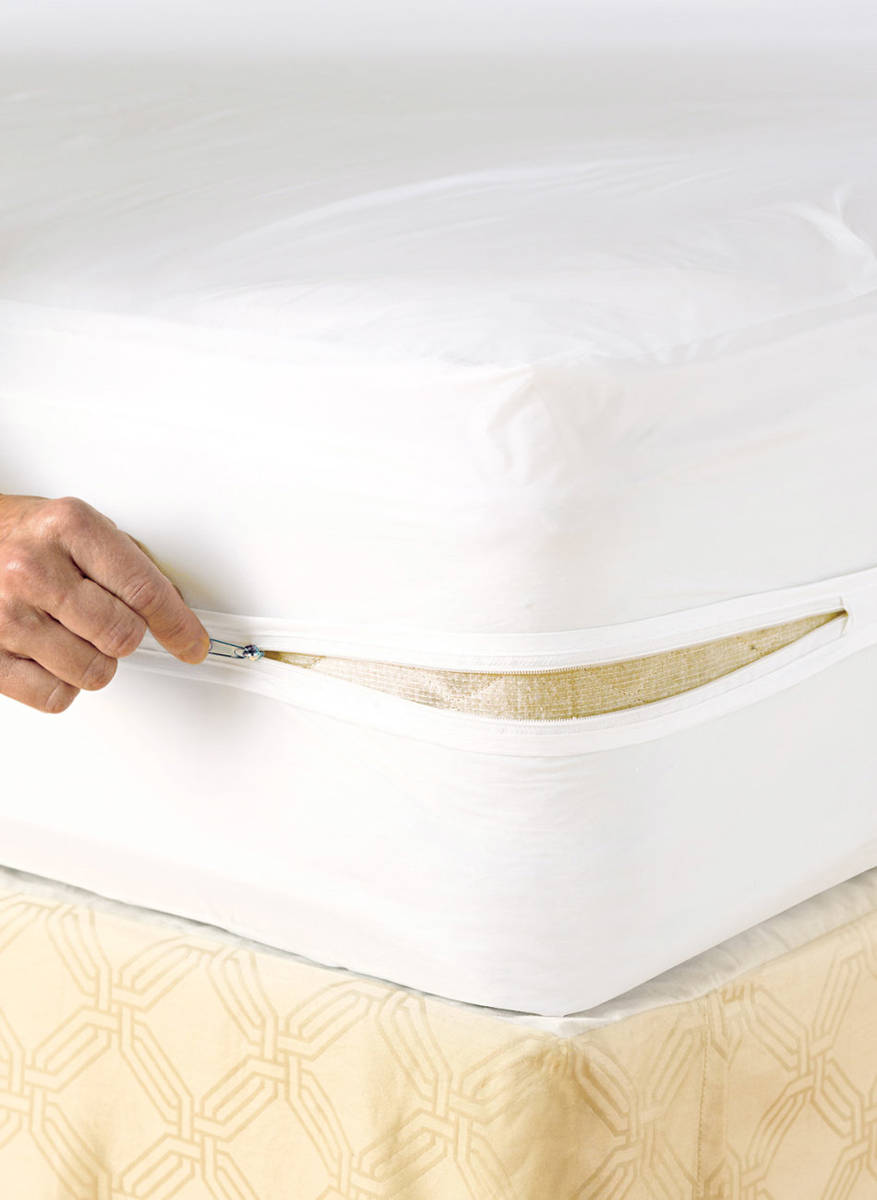

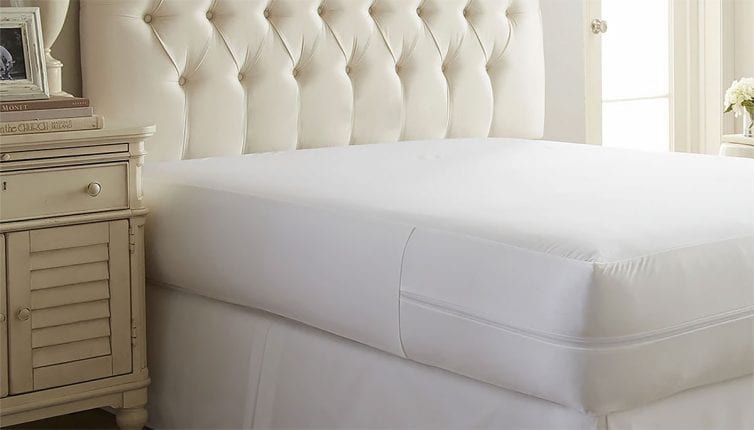
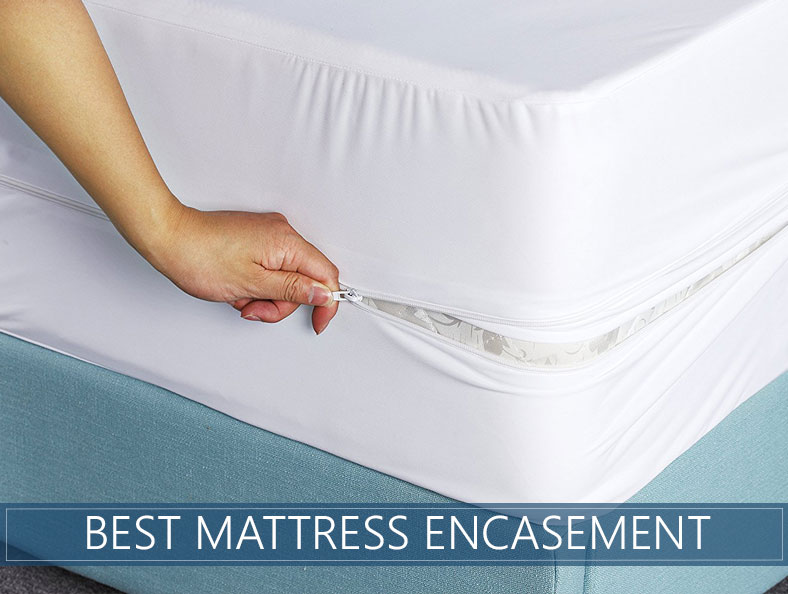
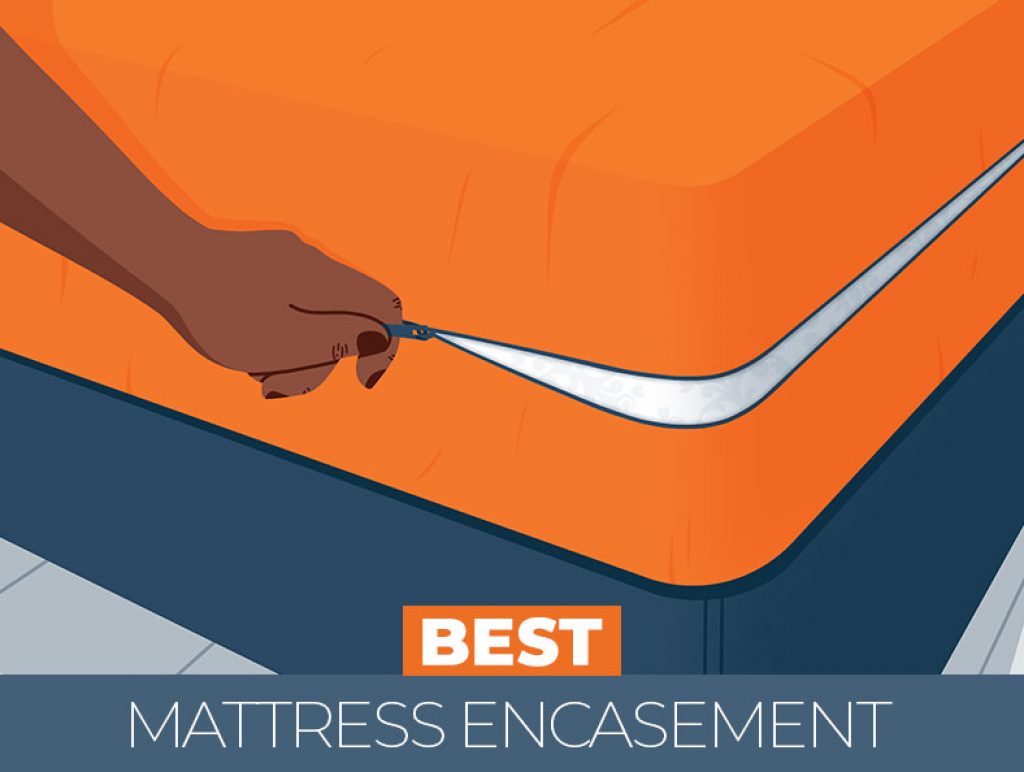
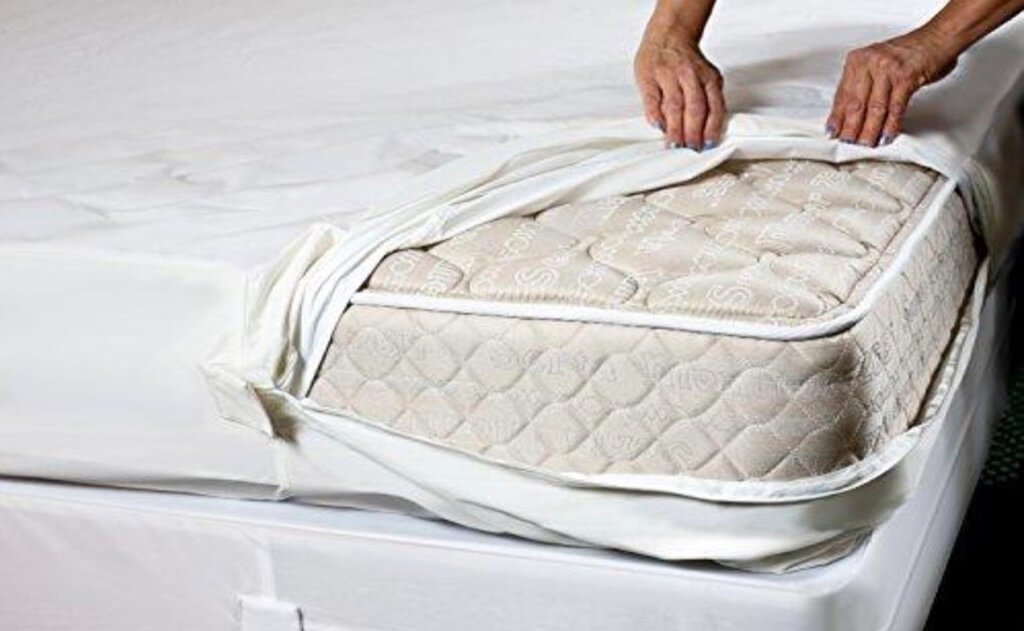
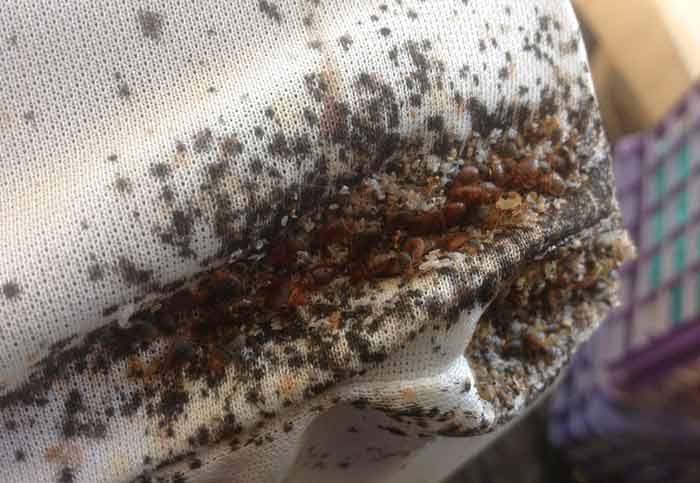

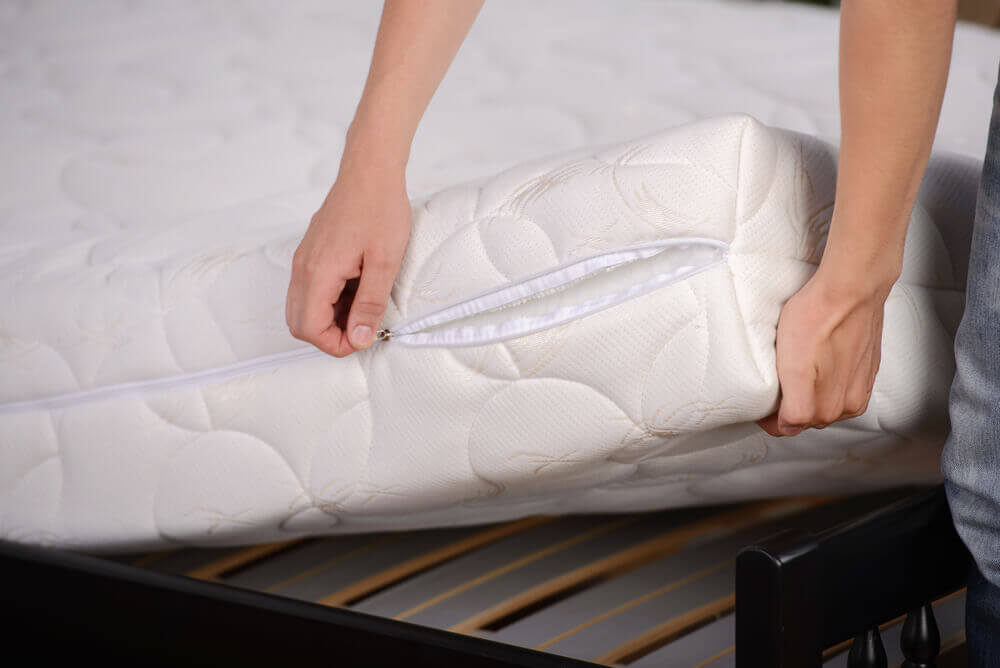
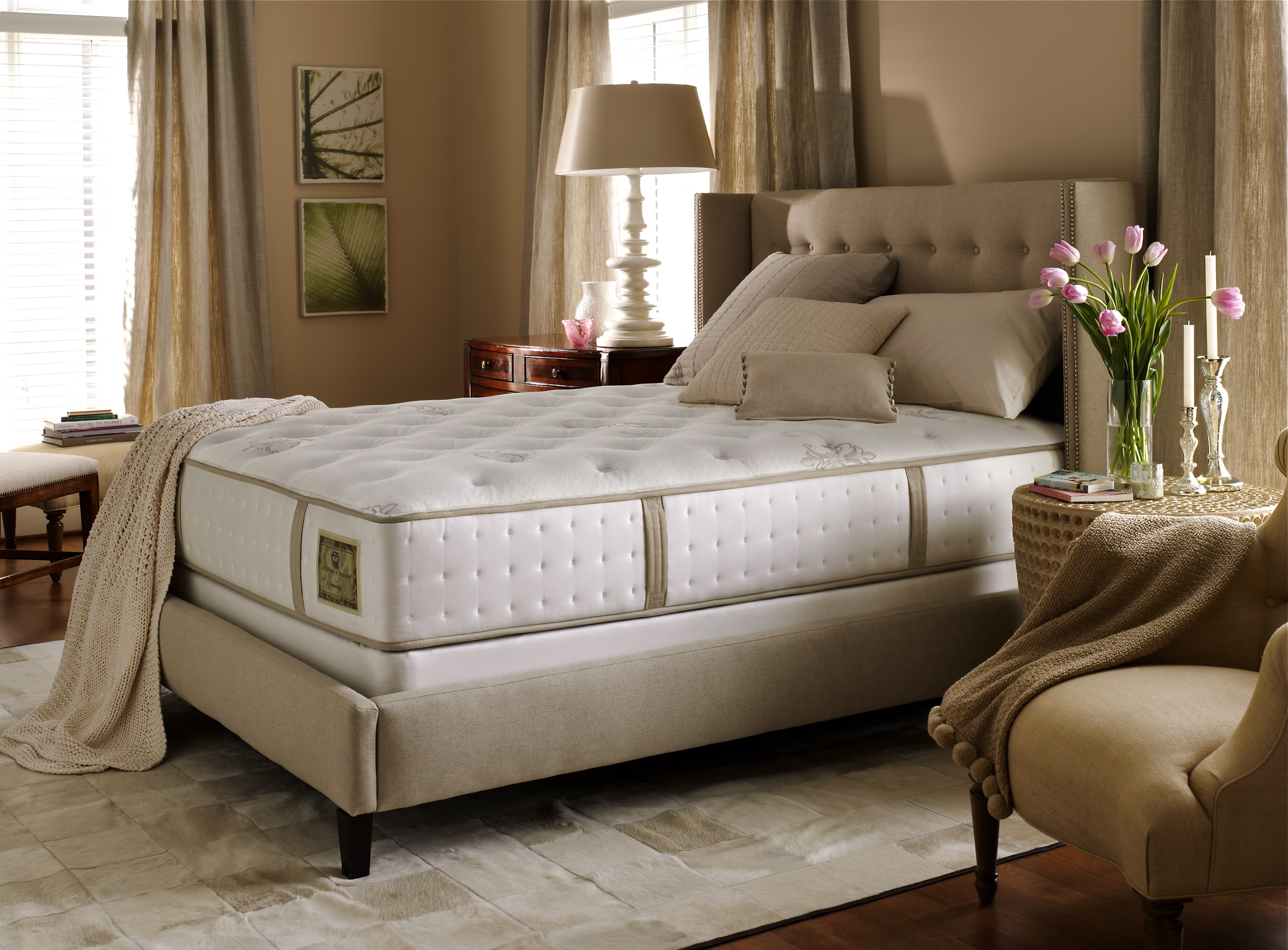









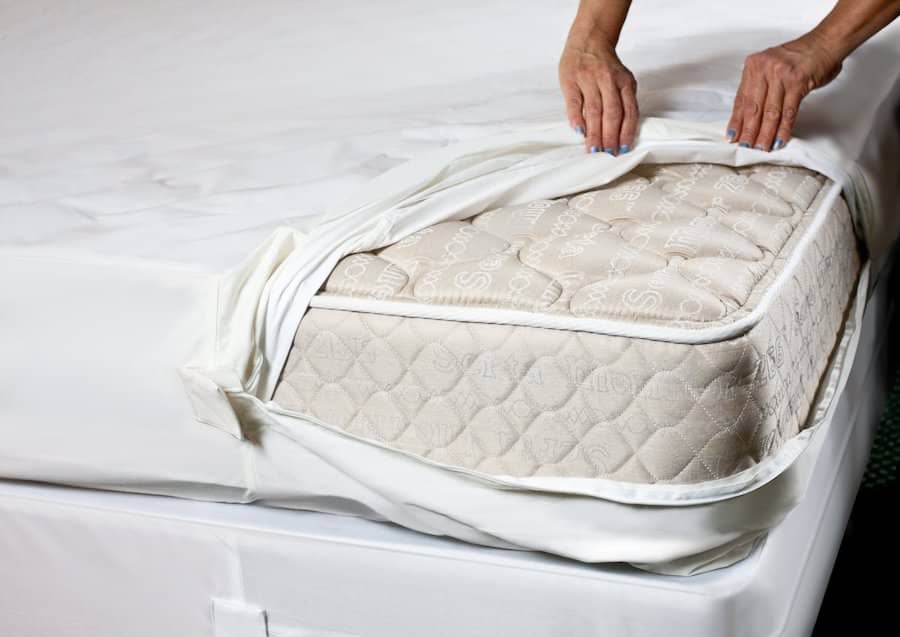


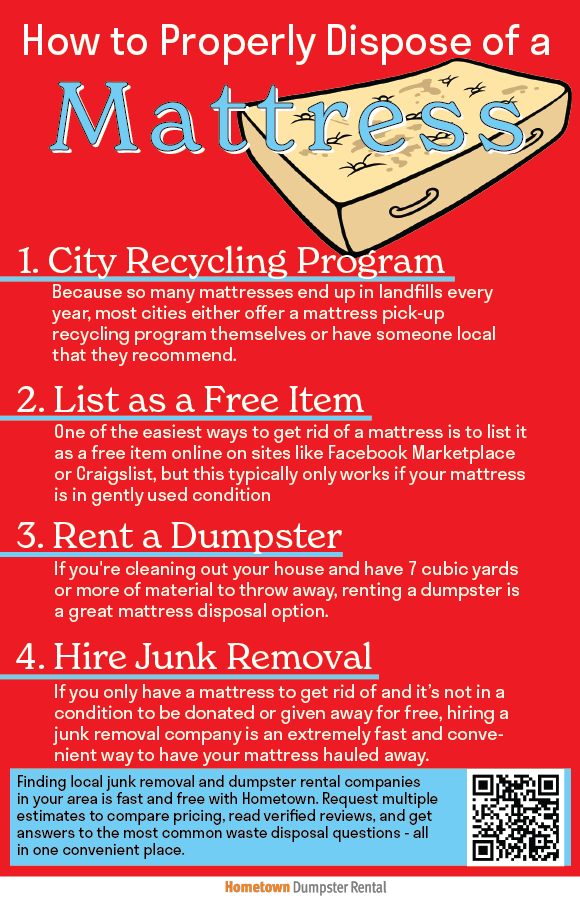

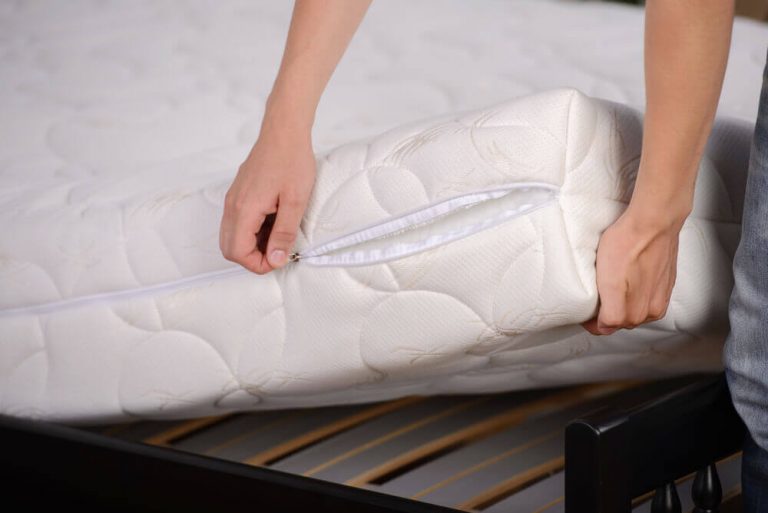


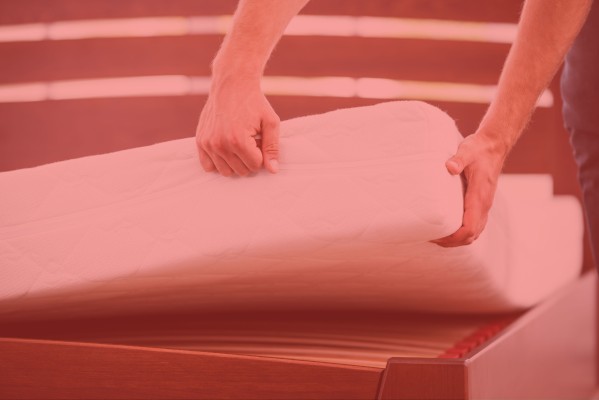




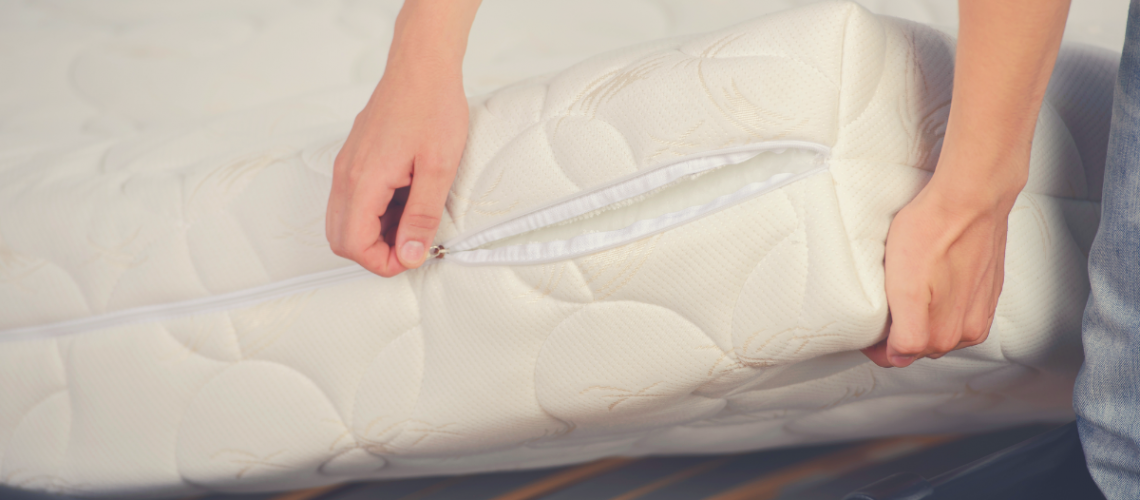


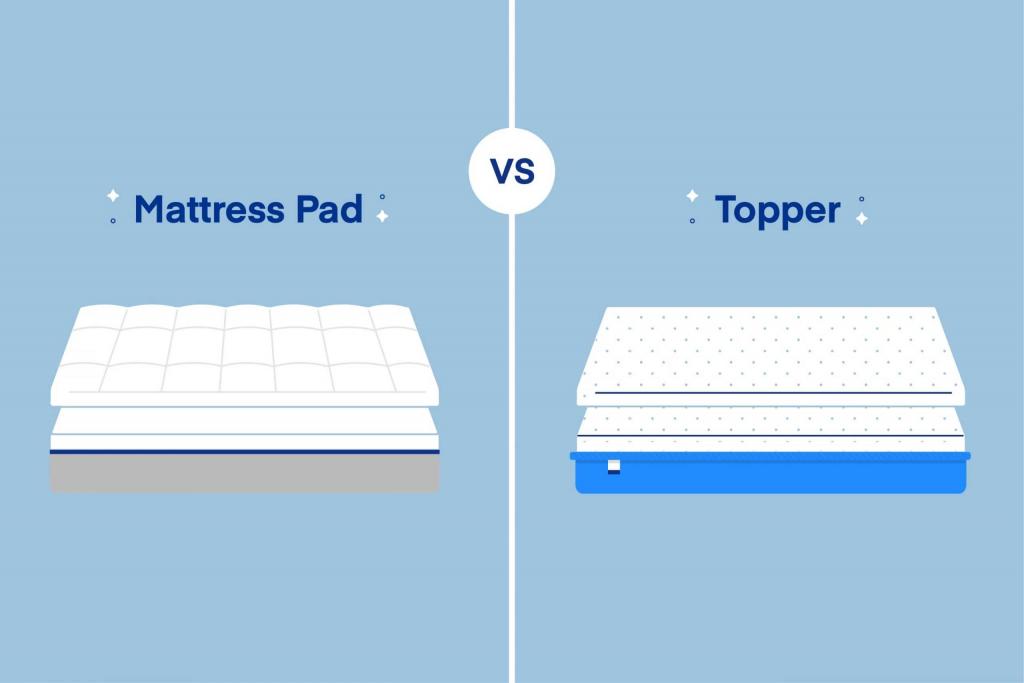



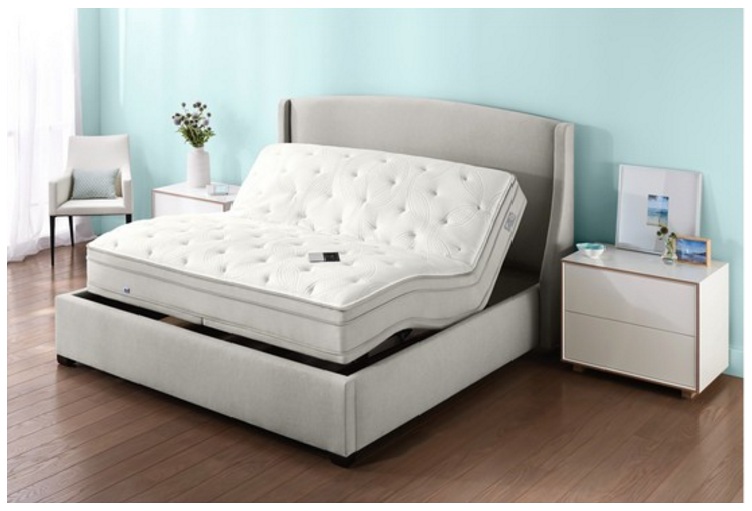
/media/img/prizes/prizegrab-sleep-number-bed-sweepstakes.jpg)

